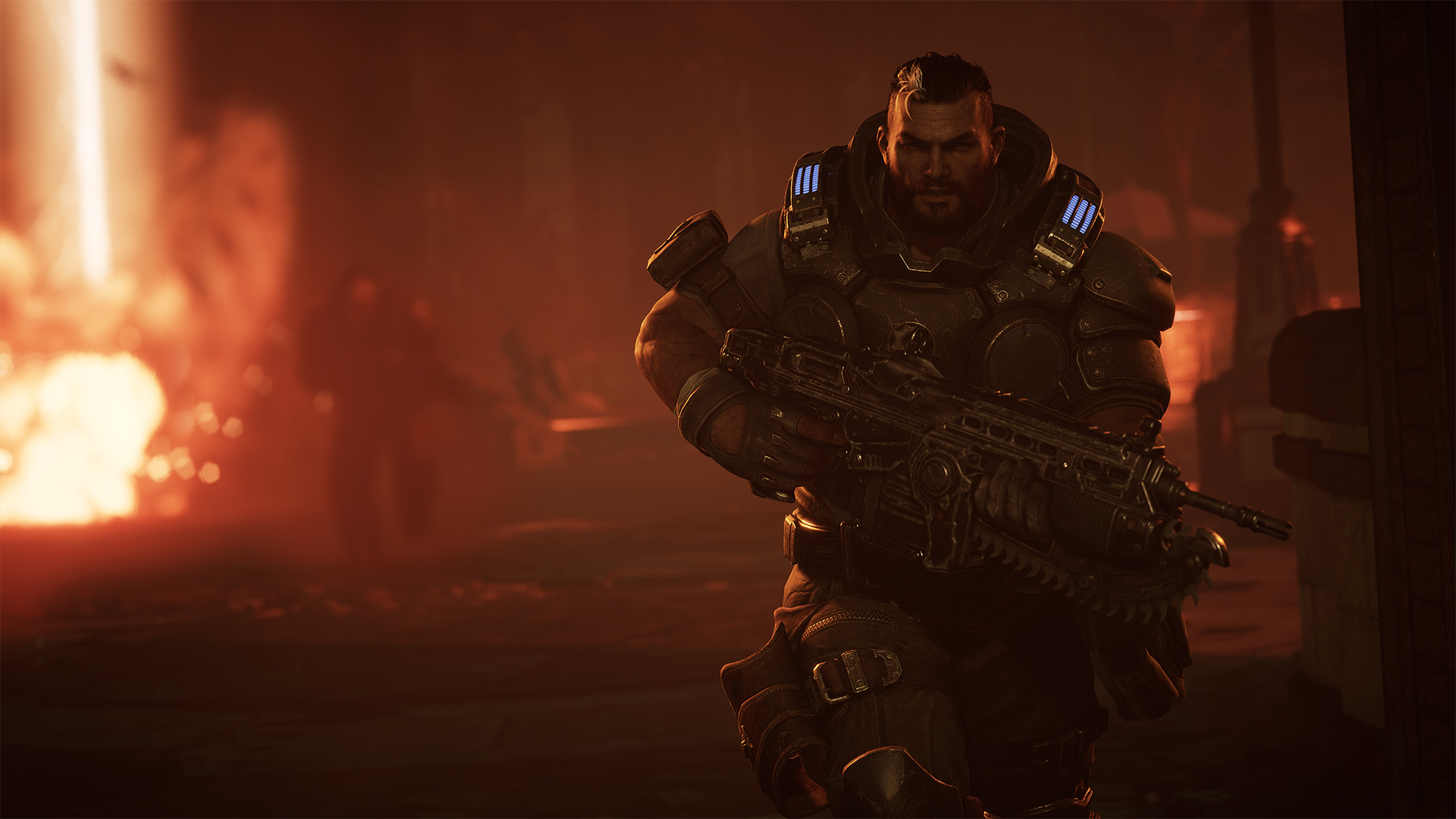
Of all of the franchises in the Xbox Games Studio portfolio, Gears of War never seemed like the obvious candidate for a generous retooling. After all, Gears' evolution has always been reflected in the armour-clad soldiers that the series so famously stars – begrudgingly set in their ways and aggressively obsessed with violence. Gears of War has actively refused to change with the times, its core ethos still rooted in 2006, but perhaps that's a part of what makes Gears Tactics such an interesting proposition.
This is a turn-based tactics game set in the Gears universe, one set "12 years before the first Gears of War [as] the cities of Sera are beginning to fall to the monstrous threat rising from underground – the Locust Horde," as The Coalition's executive producer Alex Grimbley tells me. If the lengthy demo of the game I was given is any indication, Gears Tactics looks like a smart and robust change of pace for the long-running series.
To be clear, you'll still be able to chew through the torso of a Locust with the business end of the Lancer. And sure, Gears Tactics features freakishly large soldiers roadie-running between intersecting spots of waist high cover, crashing into their defensive positions with Sera-shattering force as enemy fire flies overhead. The world is cast in an unreal hue of mud and blood, and a sense of bromadic bravado still permeates through it all. But, like that of Halo Wars, Gears Tactics is distinct in the way that it has been able to take the heart of a beloved Xbox series and translate it to a new genre in a number of ways that might surprise you.
Taking turns
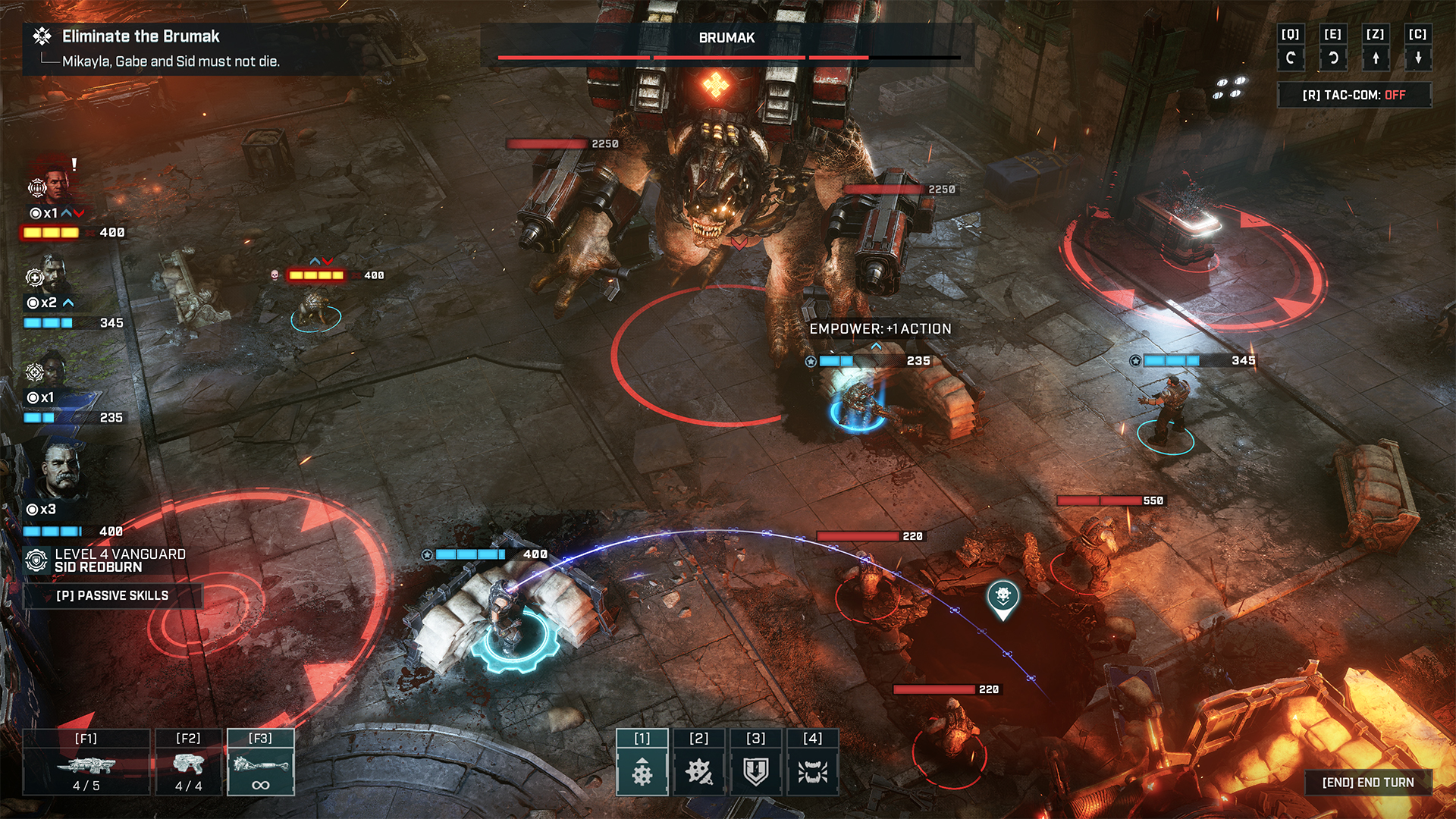
Gears Tactics rips the camera away from the shoulder and shifts it into the sky. It has you looking out across narrowly designed combat arenas, a fog of war inching in around the outskirts, as a squad of COG soldiers work to suppress, eliminate, and execute Locust forces in the most aggressive and gratuitous fashion imaginable. Translating the weighty movement and frenetic combat that Gears is so famous for has been no easy task, although the team has taken some steps to ensure it gets as close as possible.
"This is the Gears of War take on a turn-based strategy game," says design director Tyler Bielman, "but it still had to feel like Gears of War. While there are some natural synergies between cover based combat and squad-oriented play that you would see in traditional turn-based tactics games, it was important to us that we open it up and we make it a lot more aggressive."
As a result of this shift, Gears Tactics is faster than many of its contemporaries in the turn-based strategy space. Downtime has been effectively reduced to nothing, the movement grid has been eliminated, and there's a heavier focus on flanking routes and lines of suppression than you may be typically used to seeing from other genre games.
This, Bielman tells me, is how the team has sought to channel the urgency and agency that you'd typically expect in Gears' encounters from the twirling of thumbsticks on a controller, and translate it to the daintier clicks and taps of a mouse and keyboard. "In a lot of turn-based tactics games you are constrained to moving on a grid – you have these squares like a chess board – but Gears Tactics is completely open. You can move your units anywhere to create interesting flanking routes and shooting angles; that really helps the player express their strategic desire and allows you more freedom through the game."
Weekly digests, tales from the communities you love, and more
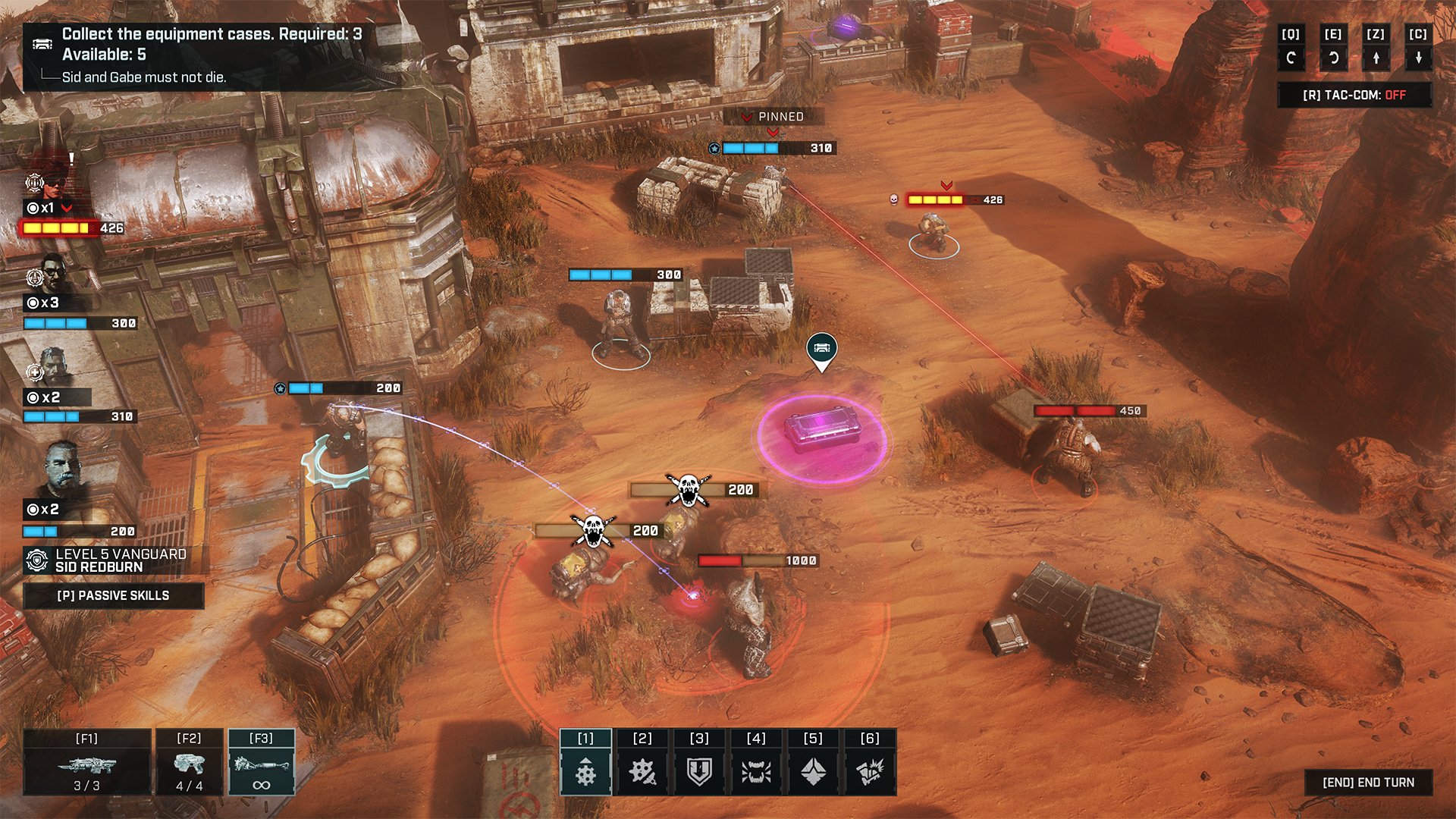
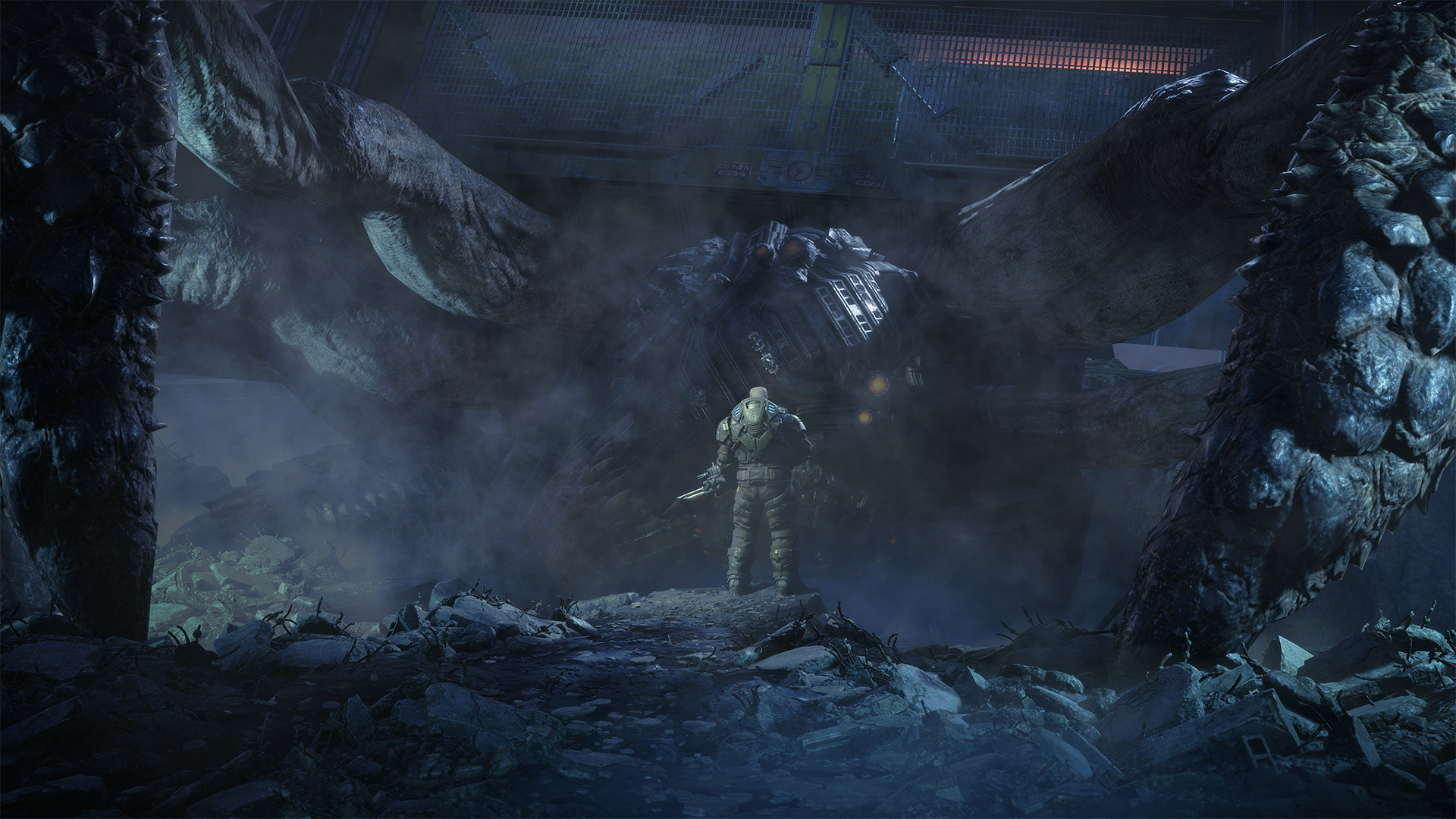
Gears Tactics is coming to PC on April 28, through Windows 10, Steam, and Game Pass for PC. But what about a console launch? The Coalition's executive producer, Alex Grimbley, promises that'll be on Xbox... eventually. "It is on record that we [Gears Tactics] will be coming to console but at this moment we are fully focused on PC release and we will have console news at a later date."
It's a seemingly small creative decision with a large impact on minute-to-minute play. With a squad of customisable COG soldiers under your control, you're able to direct the action easily and intuitively. The interlinking systems are designed to give you the freedom to react to new threats quickly, just as you would in a mainline Gears entry. The reason the series has been so easily able to make the transition, Bielman believes, is because "Gears' combat is very tactical," he says, explaining that "It’s about flowing through cover to create flanks, coordination among teammates, and exploiting opportunities to push your offense."
"It is a natural fit. As Gears Tactics developed, we did a lot of comparisons between it and the other titles, and a great deal of user testing to ensure that our combat 'feels' like Gears. In a lot of turn-based tactics games you are constrained to one move action and one shoot action when you activate a unit – we believe that this is very restrictive. In Gears Tactics, when you activate a unit you get three actions and you can do whatever you wish with those. You may move three times, you can shoot three times, you can use different skills."
The point, Bielman tells me, is that the game is flexible enough to provide the agency players need to push aggressively on enemies and objectives: "This creates this sense of freedom and openness to combine your units in really dynamic ways, push the fronts, and find the right tactics for the way you want to play the game."
Of course, with so much freedom in combat and movement, Gears Tactics works hard to mitigate that at every opportunity. The PC and Xbox exclusive offers four tiers of difficulty – Beginner, Intermediate, Experienced, and Insane. There's also an Ironman mode that can be toggled on at any difficulty level, should you really want to push yourself – and it's clear that the game is going to present one hell of a challenge at any scale.
"To counter all that sort of openness and freedom that we afford the player, we serve up a lot of enemies. We provide more enemies per encounter than you see in a traditional tactics game," says Bielman, noting that the team has worked tirelessly to incorporate the key characteristics of classic Gears enemies to Tactics to ensure that you'll always need to switch up your tactics on a turn-by-turn basis. "We've set up quite an interesting array of enemies to combat your ability to move through the world and use that open action system the way you wish."
Team tactics
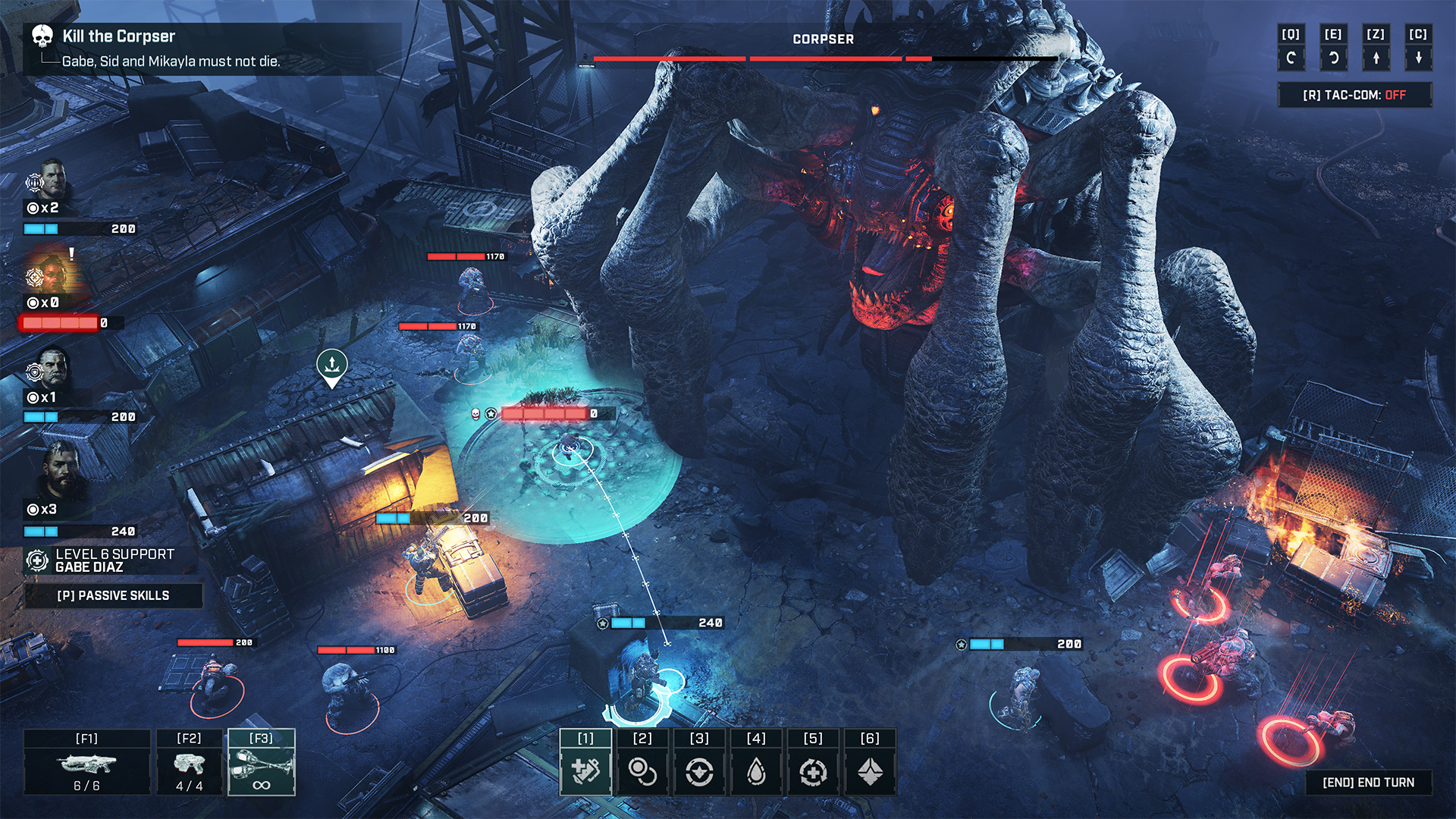
Gears Tactics leverages its systems to create some interesting points of conflict, in both standard encounters and the punishing end of Act boss battles, but the fundamentals are always the same. With three Action Points [AP] available to you as a baseline, you're able to dial in any combination of movement, combat, and abilities – each with different activation costs.
Firing upon an enemy will set you back one AP; as will reloading, using your secondary weapon, or utilising a cooldown skill such as a grenade. A small movement costs one AP, while covering a wider distance might cost two or three actions' worth of movement. There are, however, a number of ways to mitigate these costs. The cover system that Gears is so famous for, of course, finds its way into Gears Tactics, and it's as intuitive as you'd hope and expect it to be.
"If you're moving into cover, we will slide you into it and let you make that move for only two [APs] if you're finishing in cover," says Bielman, explaining that finishing in cover effectively reduces the movement cost by one, giving you an opportunity to follow up from your new position. "For players who are trying to get the most out of every action, it's really important that they find those cover slips and use them."
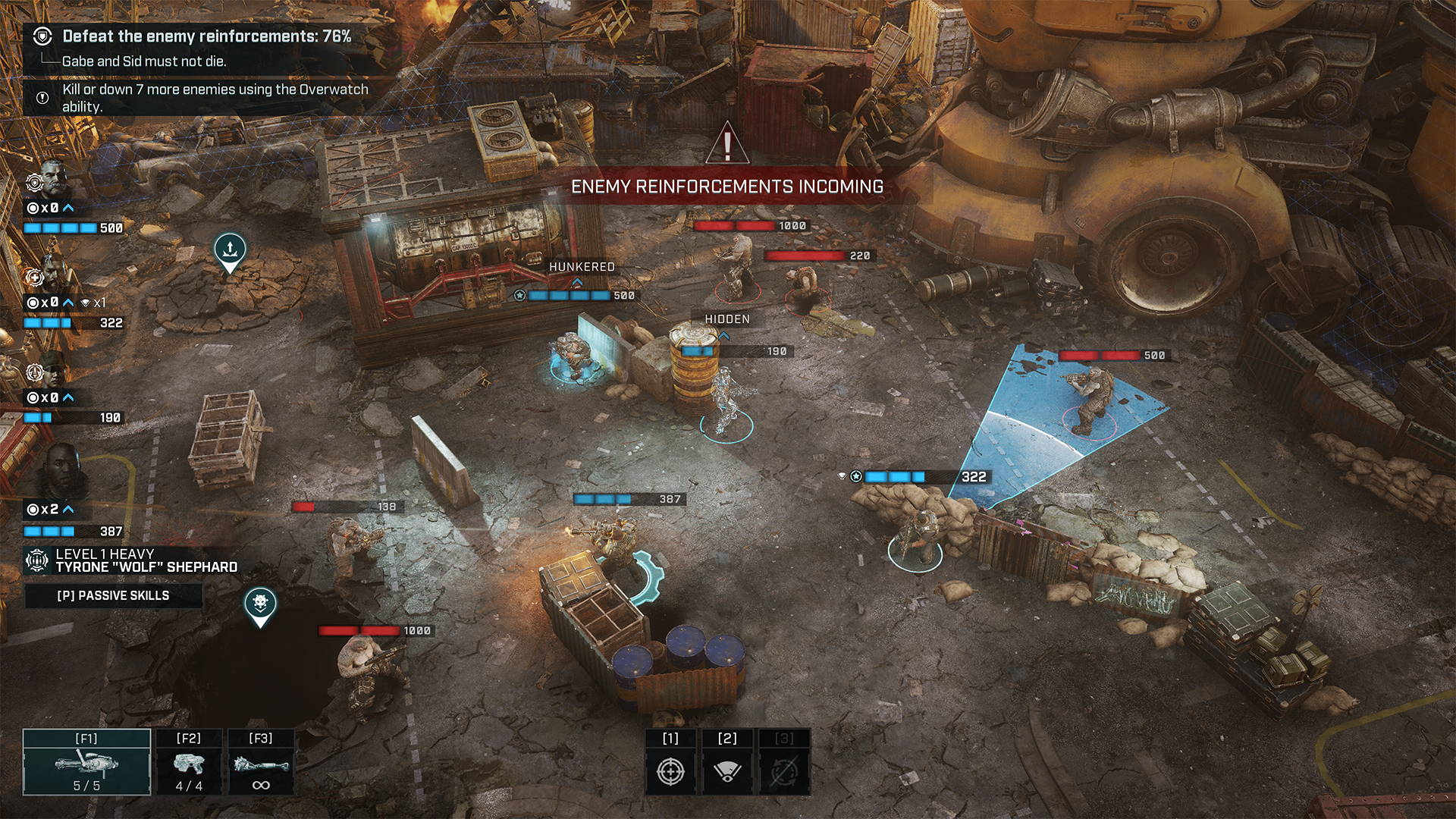
Of course, that isn't the only way you'll be able to make smart, tactical use of the Action Points system. There's an Overwatch ability mechanic in here that fans of turn-based strategy fans should be familiar with, although its inclusion in Gears Tactics works to push you into a criss-cross of defensive lines and flanking opportunities.
"Overwatch will basically end the unit's turn, but it will also set them up to [automatically] fire during the enemy turn," says Bielman, who explains that while you can set up these lanes anywhere, the size of your Overwatch radius cone will change how accurate your shots will ultimately be. You (and enemies) can also sacrifice any remaining action points a unit has to further the impact Overwatch could have in holding down an area or providing cover to at risk units. "The other cool thing is the Overwatch will take whatever remaining actions you have and turn those into [additional] shots during the enemy turn."
Managing your squad
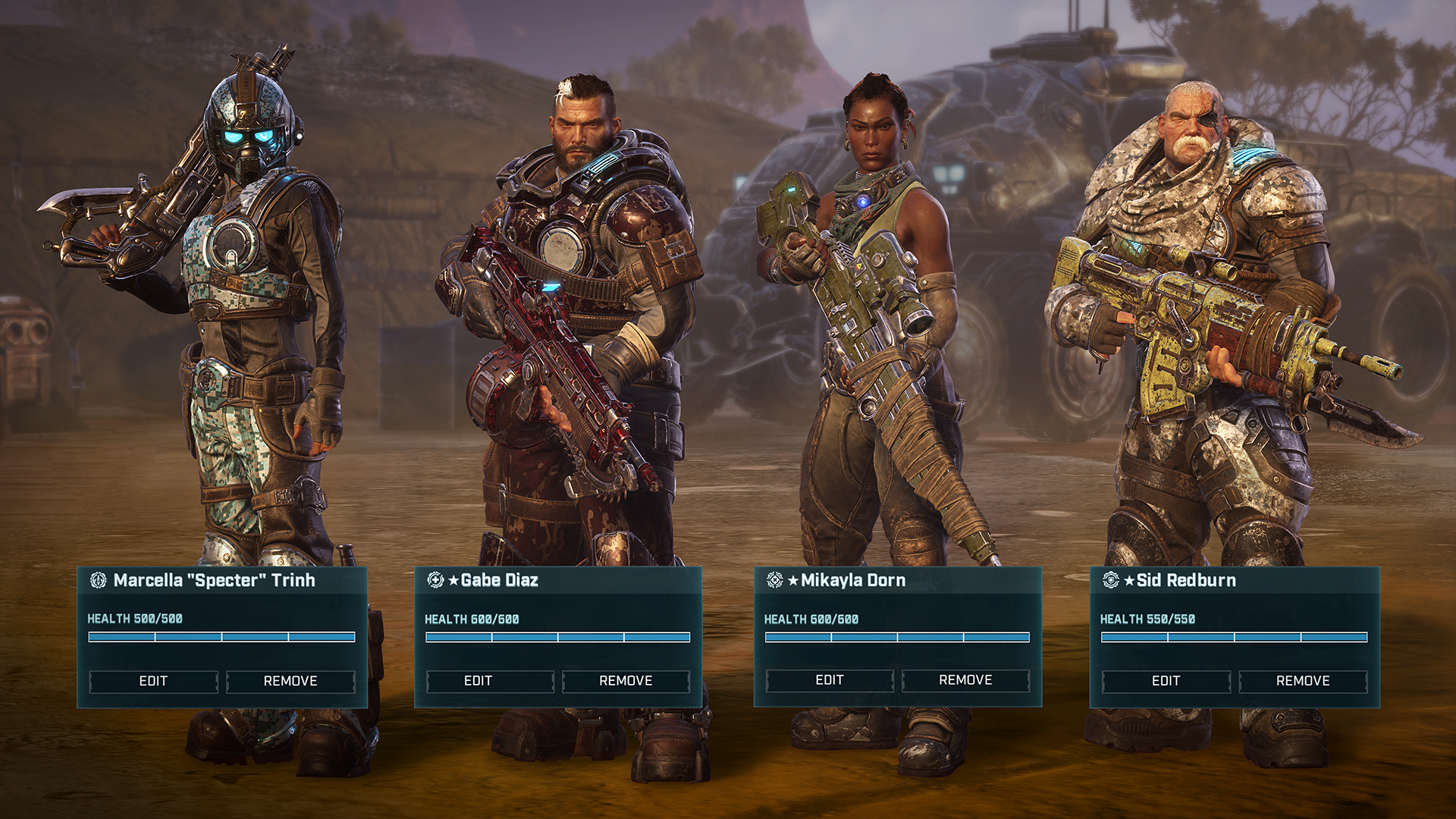
Gears Tactics is full of little systems like this, designed to give you a degree of utility in combat that's inherent to Gears of War's typically frantic firefights. It's all helpful, given the difficulty – with enemies pouring into levels through Emergence Holes and making aggressive plays at every opportunity. You'll need to utilise every tool at your disposal, or there will be casualties.
"A few members of your squad such as Gabe and Sid are critical to the missions and the campaign. If they die then the mission fails," Grimbley tells me. "However, you are able to recruit soldiers to your roster as you play, but these soldiers can be killed in action. This requires the player to manage their squad carefully and make sure they always pick the right squad for the mission ahead."
Between missions you'll have the opportunity to visit your barracks, to pick up vital mission details and accept an array of side-quests, you'll also be able to change up your squad compositions, mourn troop losses, and customise everything, from the look of your individual unit to the colours of your weapon attachments.

"You are able to recruit soldiers to your roster as you play, but these soldiers can be killed in action"
Alex Grimbley, executive producer
"We leaned into an RPG-style class system. Our game has five different classes, all with very unique combat roles," Bielman tells me. "Additionally, each class has a signature weapon. And each weapon has four different mod slots. So you can swap out different scopes and different magazines and different barrels to really configure the weapon to fit the build that you're going for with that unit. There are also three armour slots: the helmet, the torso, and the legs. Each of those carries different stat benefits and skills, and can be mixed and matched any way you wish on any unit. This all rolls up to a very dynamic system that lets you create the builds you want to create unique squads."
You'll want a keen balance between frontline soldiers with Gnasher shotguns and those with Longshot sniper rifles for cover, though it's clear that Support and Vanguards are going to be immediate favourites. The former units have the capacity to chainsaw low-level enemies with their Lancer, while Vanguards have the ability to run foes through with the bayonet of the Retro Lancer. Not only are the grizzly moves classically Gears, they're also yet another way that you can pull back Action Points to further your movement and aggression.
Should you down an enemy from afar, for example, you'll have a small window of time to reach them in a downed state (before they bleed out) and perform a brutal melee execution that fans of the core series will be immediately familiar with. "When you perform an execution, we grant one extra Action Point to every other unit in the squad," Bielman teases. "This can be really powerful in a squad of four, as you'll get a total of three additional actions – one for each unit."
Gears goes tactical

While Gears Tactics may sound like a mess of overlapping flanking routes and defensive lines, its smartly designed user interface clearly denotes everything from environmental threats, lines of sight, to key status updates, keeping the battlefield discernable at all times. Unit selection and movement seems easy and intuitive, as too does the communication of hit chance and damage potentials.
Bielman was keen to note that this can all be customised, in an extension of The Coalition's push for greater accessibility, giving you the scope to tweak the flow of information as you see necessary. "For players who want all the information around the background math and enemies, [you'll] have the ability to turn on a denser UI," he says, adding, "you can toggle this off if you just kind of want to rock and roll your way through the game without that information."
It's easy to be impressed with what Gears Tactics is offering here. It's a smart and surprising experience that harnesses the essence of Gears of War more so than I ever expected it to. It also looks to be a competent turn-based strategy game in its own right; a cinematic, single-player driven experience that's fast and aggressive without sacrificing any depth with respect to strategy and tactical maneuvering.
You'll be able to see and experience all of this for yourself, when Gears Tactics launches on April 28 on Windows 10, Steam, and through Xbox Game Pass for PC.

Josh West is the Editor-in-Chief of GamesRadar+. He has over 15 years experience in online and print journalism, and holds a BA (Hons) in Journalism and Feature Writing. Prior to starting his current position, Josh has served as GR+'s Features Editor and Deputy Editor of games™ magazine, and has freelanced for numerous publications including 3D Artist, Edge magazine, iCreate, Metal Hammer, Play, Retro Gamer, and SFX. Additionally, he has appeared on the BBC and ITV to provide expert comment, written for Scholastic books, edited a book for Hachette, and worked as the Assistant Producer of the Future Games Show. In his spare time, Josh likes to play bass guitar and video games. Years ago, he was in a few movies and TV shows that you've definitely seen but will never be able to spot him in.


